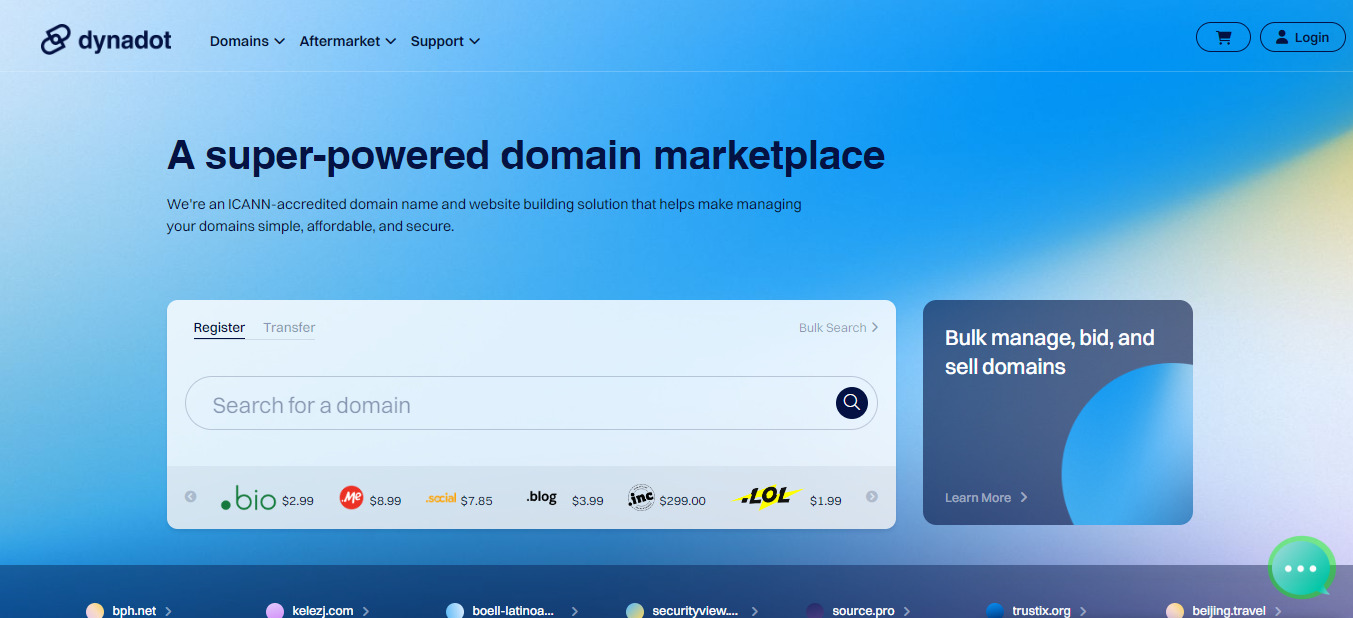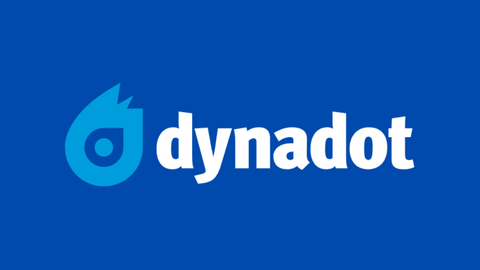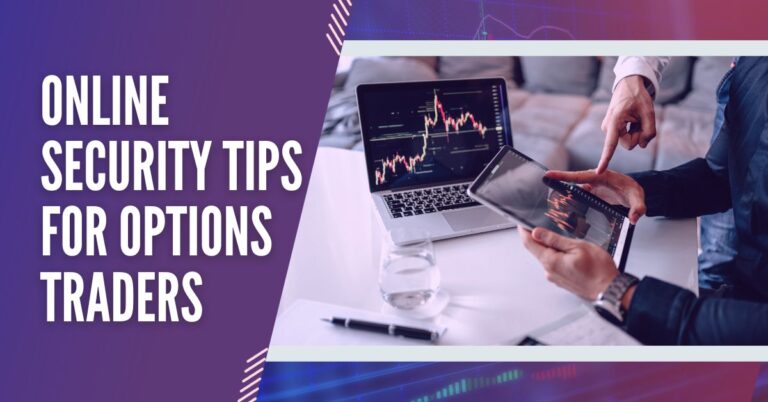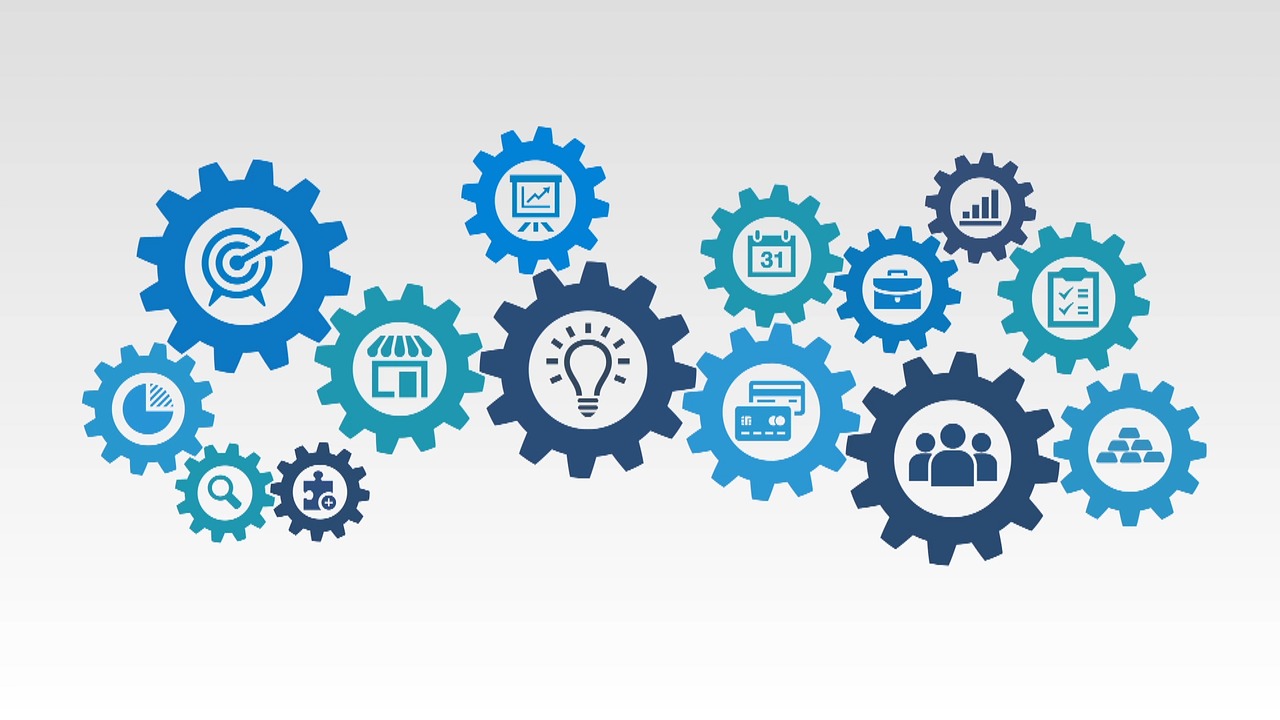Here, I will talk about the Dynadot rebrand.
For anyone who wants to build a website, picking a domain name is paramount. Dynadot, since its inception in 2002, has provided a seamless solution for anyone to purchase and register quality domain names. The company recently rebranded as it pledges to continue offering first-class service.
Already, Dynadot boasts over 100,000 active users with a database holding more than 4.5 million domains. Add that to the 20+ year experience, and it cements the domain registrar as one of the top ten in the world.
The Dynadot rebrand ushers in a new era to the company, one which existing and prospective customers will appreciate. And similarly, the quality services Dynadot users currently enjoy will amplify.
Table of Contents
Dynadot Services
Following the Dynadot rebrand, what should you expect when registering and purchasing domains from Dynadot? Well, let’s discuss the highlights.
Domain Marketplace
Accessing the Dynadot domain marketplace is much more convenient at the moment. The new design places the domain search options at the fore of the website’s homepage, as the below image shows:
So, you can directly start looking up a domain name to register. Also, there’s the Transfer tab you can click to initiate a switch from another registrar. Here’s how it appears after the rebrand:

It’s clear how easy it is to move from a different domain registrar to Dynadot. Simply enter the URL and authentication code, and click the “Transfer” button. You can select the “Bulk Transfer” option if you have many domains to move.
Affordable Prices
The new look of Dynadot doesn’t increase the platform‘s rate. You can still purchase quality top-level domains at affordable prices. Even premium domains are available at cheap costs.
Here’s the new look of the Domain Prices section:

You should go with “Regular” if you want to use the domain or “Reseller” if you’ll be putting the domain name up for sale. Here’s a look at some Dynadot TLD prices:

Consider the .com domain, which is available for $10.99. That’s more affordable than many other popular domain registrars. And, if you purchase as a reseller, the price is even cheaper, at $9.83.
Domain Extensions
When talking about affordable prices, the focus was on top-level domains. It’s worth mentioning that that’s not all you can register with Dynadot. Instead, the brand supports 500+ domain extensions, and with the new feel and look, new extensions are expected to be added.
Supporting a vast range of domain extensions means you can leverage Dynadot, irrespective of what website you want to work on. You’ll find relevant URLs for business, personal, blog, companies, news, eCommerce, and health sites, to name a few.
READ ALSO: Is Dynadot Legit? Is It a Trustworthy Domain Registrar?
Website Builder
Dynadot’s new design is a result of quality web design. You can replicate the same on your website with the Dynadot website builder. It’s a simple tool to build any site without writing any code.
You can skip building your site from scratch by using the available templates:
Also, as you purchase the website builder, you get a free hosting plan with 99.9% uptime. So, you only need to connect your domain, and your site is live.
Professional Email
For businesses, Dynadot’s professional email solution is a must-have. You can order custom email addresses to match your domain and brand without sacrificing security and performance.

The Dynadot professional email service comes with a straightforward setup system. So, you’ll have messages landing in customers’ inboxes within hours of signing up. Notably, it’s possible to link the email service with conventional clients like Gmail and Outlook.
From the onset, you get 1 GB of storage space, meaning you don’t have to worry about having too many emails. And, impressively, you can create more than one email address. Not just more than one, but unlimited email addresses.
Mobile App

Dynadot’s mobile app continues to function, allowing you to buy and manage domains on the go.
As a result, you don’t always have to launch your browser and visit the website. Like the website, the app also brings in a new feel and look. So, you still get a fresh brand experience.
You can download the app if you own an Android or iOS smartphone. It’s on the Google Play Store and Apple Store for both devices, respectively. Do you own a tablet? You can still download the app, as it’s optimized for tablets, too.
READ ALSO: How To Buy And Sell Domain Names Using Dynadot
24/7 Support
All of Dynadot’s features are seamless and intuitive. The new look makes things easier with quick navigation also. But if you have issues using the domain registrar, you can count on 24/7 customer support.

You can reach the support team with one click of the live chat button. Alternatively, send an email to info @ dynadot.com or phone/fax +1.415-869-2893.
If you live in the US, you can also walk into Dynadot’s office at 210 S Ellsworth Ave #345 San Mateo, CA 94401 US from Monday to Sunday, 9 AM to 6 PM PST.
Dynadot: Frequently Asked Questions
What services does Dynadot offer?
- Domain Registration: Dynadot allows you to register new domain names across various extensions (.com, .net, .org, etc.) and manage existing ones.
- Domain Transfer: You can transfer your domain name from another registrar to Dynadot for better management and potential cost savings.
- Web Hosting: Dynadot offers shared, VPS, and dedicated server hosting plans to suit different website needs and budgets.
- Email Hosting: Secure and reliable email hosting plans with various storage options are available.
- SSL Certificates: Secure your website with trusted SSL certificates from Dynadot.
- Website Builder: Create a simple website with Dynadot’s drag-and-drop website builder, even without coding experience.
- Domain Auction: Bid on or sell domain names through Dynadot’s domain auction platform.
How do I register a domain name with Dynadot?
- Visit Dynadot’s website and search for your desired domain name.
- Check availability and choose the extension you prefer.
- Enter your contact information and choose a registration period.
- Complete the payment and your domain name will be registered.
How much does it cost to register a domain name with Dynadot?
Prices vary depending on the domain extension and chosen registration period. Promotional offers and discounts might be available.
How do I transfer my domain name to Dynadot?
Dynadot provides a simple domain transfer process. You’ll need your current domain registrar’s authorization code and complete a few steps on their website.
What are the benefits of using Dynadot?
- Competitive pricing with frequent promotions and discounts.
- User-friendly interface and helpful customer support.
- Wide range of services and tools for domain management, website hosting, and security.
- Accredited by ICANN and dedicated to data security.
Bottom Line
It’s a whole new experience when you visit the Dynadot website as the platform rebrands. While the look changes, the domain registrar’s first-rate services stay the same.
If anything, you should expect better, improved, and superior service from the brand.
Note: This post was originally published in June 2023, but has been updated.
INTERESTING POSTS
- Dynadot Domain Registration Service Review
- Unveiling the Truth: Is NameCheap Legit?
- How To Sell A Domain Name Fast
- Great Ideas For Selling Products Both Online And In Stores
- What Do You Get With Professional Data Recovery Services
- Tips & Tricks To Improve Your Streaming Experience
- How To Host Website on Namecheap


































